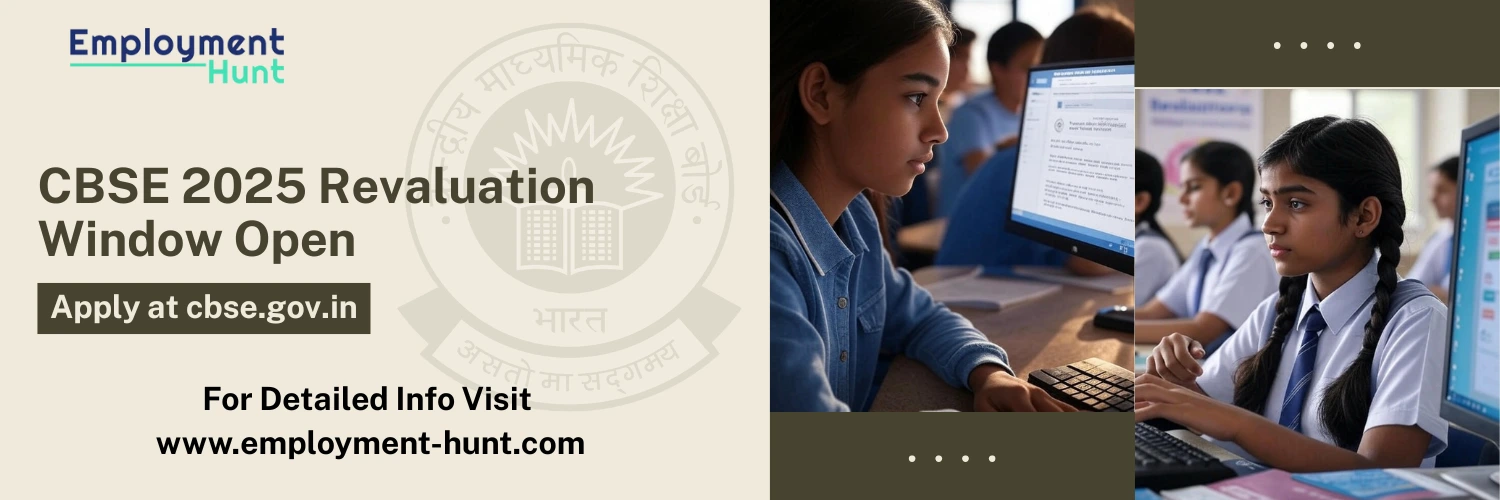Cracking the National Eligibility cum Entrance Test (NEET) 2025 without coaching is entirely achievable with dedication and a structured approach. For instance, over 20 lakh aspirants compete for limited medical seats, but self-study can be a game-changer if executed well. Therefore, this blog post shares top beginner tips to help you prepare for NEET 2025 without coaching, focusing on high-impact strategies and free resources. Let’s dive into how you can succeed in this competitive exam on your own!

Why Prepare for NEET 2025 Without Coaching?
Coaching is often costly and time-intensive; however, self-study offers flexibility and affordability. Moreover, many NEET toppers have excelled without coaching by using NCERT books, online platforms, and disciplined routines. Consequently, preparing for NEET 2025 without coaching allows you to control your study pace and target your unique strengths and weaknesses.
Top Beginner Tips to Prepare for NEET 2025 Without Coaching
1. Understand the NEET 2025 Syllabus and Exam Pattern
First and foremost, familiarize yourself with the NEET 2025 syllabus and exam pattern. The syllabus includes Physics, Chemistry, and Biology from Classes 11 and 12, primarily based on NCERT. Furthermore, the exam consists of 180 questions (720 marks) to be solved in 200 minutes. As a result, understanding the structure helps you prioritize high-weightage topics like Genetics, Human Physiology, and Organic Chemistry. For additional guidance, learn about competitive exam strategies to streamline your preparation.
2. Create a Realistic Study Schedule
A well-structured study plan is essential for steady progress. For example, divide your day into focused sessions for Physics, Chemistry, and Biology, ensuring all subjects are covered weekly. Specifically, allocate 2 hours to Physics, 2 to Chemistry, and 3 to Biology daily. Additionally, include short breaks to prevent burnout. Above all, stick to your schedule consistently, as discipline is crucial when you prepare for NEET 2025 without coaching.
3. Master NCERT Textbooks
NCERT books are the cornerstone of NEET preparation, as 80–85% of questions are based on them. Therefore, begin with NCERT for Biology, Physics, and Chemistry to build a solid foundation. Moreover, solve all exercises, examples, and in-text questions thoroughly. To deepen your understanding, refer to supplementary books like H.C. Verma for Physics or MTG Objective NCERT for practice. For more insights, explore study resources to choose the best materials.
4. Practice with Mock Tests and Previous Year Papers
Regular practice is vital to enhance speed and accuracy. For instance, solving previous years’ NEET question papers helps you understand the exam pattern and question types. Additionally, take free mock tests on platforms like NCERT SATHEE or Vedantu. Afterward, analyze your performance to identify weak areas and improve them. Ideally, aim to complete at least one full-length mock test weekly.
5. Focus on High-Weightage Topics
To maximize your score, prioritize topics with higher marks weightage. Specifically, in Biology, focus on Genetics, Ecology, and Human Physiology. Similarly, in Chemistry, master Organic Chemistry, Thermodynamics, and Coordination Compounds. Likewise, for Physics, concentrate on Mechanics, Electrostatics, and Modern Physics. By revising these topics regularly, you’ll boost your confidence and performance significantly.
6. Use Free Online Resources
Leveraging free online platforms is a smart way to access quality study material. For example, YouTube channels like Unacademy and Physics Wallah offer free lectures, while apps like GetCETGo provide mock tests and revision videos. Furthermore, websites like Vedantu offer free PDFs of past papers. These resources are invaluable when you prepare for NEET 2025 without coaching.
7. Maintain Revision Notes and Formula Sheets
Creating concise revision notes for each chapter is highly effective. Specifically, highlight key concepts, formulas, and diagrams in your notes. For Physics, maintain a formula sheet for quick reference. Similarly, for Biology, use mind maps to memorize complex topics like Plant Physiology. Moreover, revise these notes regularly to strengthen recall during the exam. To balance revision and practice, check time management tips.
8. Stay Disciplined and Avoid Burnout
Self-study demands strong discipline, especially without coaching. For instance, set daily goals, track your progress, and reward small milestones. Additionally, take short breaks every 50–60 minutes to stay refreshed. Furthermore, maintain a healthy lifestyle with 6–7 hours of sleep, a balanced diet, and light exercise. Above all, a positive mindset is critical for long-term success.
9. Seek Guidance When Needed
While studying independently, you may encounter doubts. Therefore, join online forums, study groups, or free doubt-solving sessions on platforms like NEETprep. Alternatively, consult teachers or seniors for clarification when needed. As a result, this approach keeps you on track without relying on formal coaching.
Conclusion
Preparing for NEET 2025 without coaching is challenging yet achievable with the right strategy. For example, by mastering NCERT, practicing regularly, and using free resources, you can compete with top aspirants. Moreover, staying disciplined, focusing on high-weightage topics, and maintaining a positive mindset are key to success. Start your journey today, and you’ll be closer to your medical dreams! For more career guidance, visit Employment Hunt.




